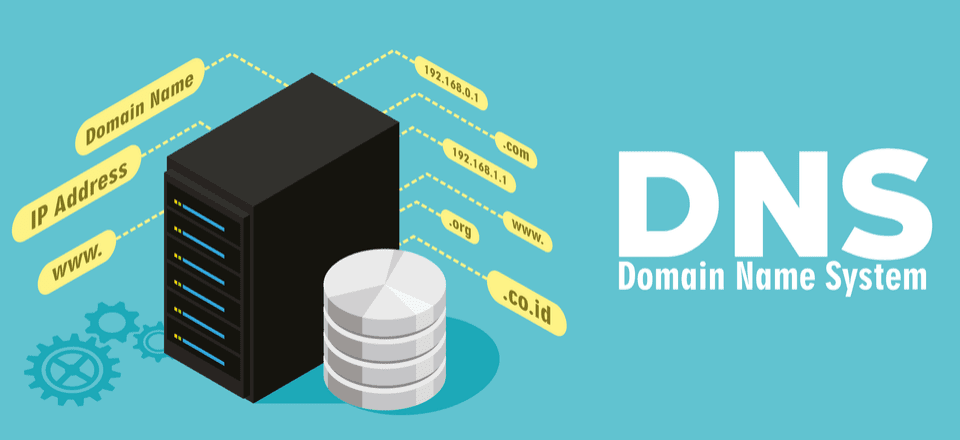Introduction
DNS (Domain Name System) is a critical component of the internet, translating user-friendly domain names into IP addresses that computers use to identify each other. DNS records play a pivotal role in this process by storing various types of information associated with a domain name. In this comprehensive guide, we’ll explore the most common DNS record types and understand their functions.
1. A (Address) Record:
- Purpose: Maps a domain name to an IPv4 address.
- Example: example.com -> 192.0.2.1
2. AAAA (IPv6 Address) Record:
- Purpose: Maps a domain name to an IPv6 address.
- Example: example.com -> 2001:0db8:85a3:0000:0000:8a2e:0370:7334
3. CNAME (Canonical Name) Record:
- Purpose: Creates an alias for an existing A or AAAA record.
- Example: www -> example.com
4. MX (Mail Exchanger) Record:
- Purpose: Specifies mail servers responsible for receiving email on behalf of the domain.
- Example: example.com MX 10 mailserver.example.com
5. TXT (Text) Record:
- Purpose: Contains descriptive text or metadata about a domain.
- Example: v=spf1 include:_spf.example.com ~all
6. NS (Name Server) Record:
- Purpose: Identifies the authoritative DNS servers for a domain.
- Example: example.com NS ns1.exampledns.com
7. PTR (Pointer) Record:
- Purpose: Maps an IP address to a domain name (reverse DNS lookup).
- Example: 192.0.2.1 PTR example.com
8. SRV (Service) Record:
- Purpose: Specifies information about available services within a domain.
- Example: _sip._tcp.example.com SRV 0 5 5060 sipserver.example.com
9. SOA (Start of Authority) Record:
- Purpose: Contains administrative information about the domain.
- Example: example.com SOA ns1.exampledns.com hostmaster.example.com 2023091701 3600 900 1209600 86400
10. SPF (Sender Policy Framework) Record:
- Purpose: Specifies authorized email servers for a domain to prevent email spoofing.
- Example: example.com TXT v=spf1 include:_spf.example.com ~all
11. CAA (Certificate Authority Authorization) Record:
- Purpose: Specifies which certificate authorities (CAs) are allowed to issue SSL certificates for the domain.
- Example: example.com CAA 0 issue “letsencrypt.org”
12. DNSKEY (DNS Key Record):
- Purpose: Stores cryptographic keys for DNSSEC (DNS Security Extensions).
- Example: example.com DNSKEY (Contains cryptographic keys)
13. DS (Delegation Signer) Record:
- Purpose: Stores a hash of a DNSKEY record for DNSSEC.
- Example: example.com DS (Contains a hash value)
Conclusion
DNS records are essential components of the internet’s infrastructure, facilitating seamless navigation and communication. Understanding the various DNS record types empowers domain administrators to manage their resources effectively, enhance security, and optimize services. Whether you’re configuring mail servers, enabling DNS security, or managing services, a solid grasp of DNS records is invaluable in today’s digital landscape.
